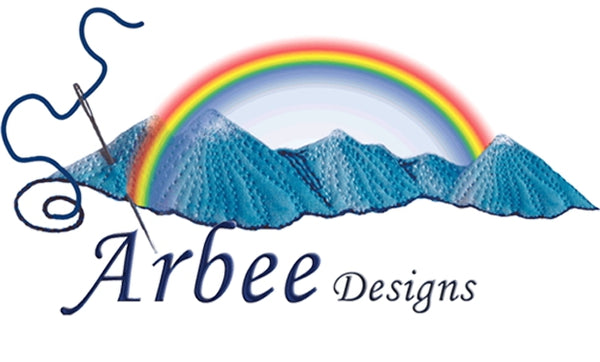In this lesson you will learn how to correctly layer your quilt to avoid any puckering.
Before layering can begin, make sure you have all necessary quilting lines drawn onto quilt top using a quilter's pencil or similar, that will fade away.
Take your time when layering your quilt, 90% of successful machine quilting is in
the pinning and layering. You need to do this on a flat service. A vinyl floor is
ideal or a large table.
Step One: Firstly, press all seams flat on the quilt top. Press the backing well also. (click here for information about creating your backing)

Make sure there are no loose threads on back of the quilt top, especially dark threads that lay on white fabric. If they remain there, they will be visible from the right side after quilting.

Step Two: Lay the backing, wrong side facing up, on a flat service. Use masking tape to secure in place so the backing is smooth and taut.

Keep tape in line with the grain of fabric, not on the bias as this stretches the backing out of shape.

Note: For large quilts, clips can be used by clipping the quilt over the edge of the table and then the quilt can be pinned in sections.

Step Three: Now add the batting, do not stretch it, just smooth it in place.

Note: Back fabric and batting should be larger than quilt top.
Step Four: Place the quilt top smoothly over batting, right side up, again making sure not to stretch it.

Step Five: Using safety pins baste the three layers together, starting in the centre and work out. Avoid pinning across quilting and seam lines. Place the pins approximately 3” apart or closer for thick batting.

When finished, remove tape and turn over to the back. Run your hands over the backing, there should be no fullness backing up against any pins.

If there is none, you are ready to begin quilting.



2 comments
You’re very welcome!
Thanks for the help